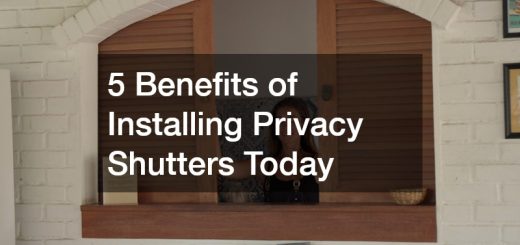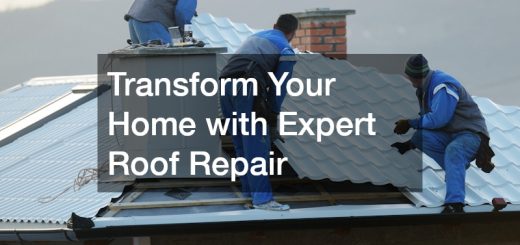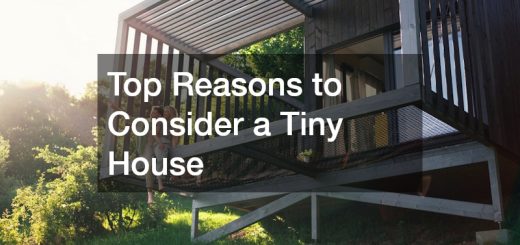How to Choose the Right Solar Power System
Investing in a solar power system is a significant step toward reducing energy bills, cutting carbon emissions and achieving energy independence. However, with numerous products and providers on the market, selecting the right system for your home or business can be a daunting task. To make an informed decision, it’s essential to understand your energy needs, assess your property’s suitability and compare system components and warranties.
This guide breaks down the key factors to consider when choosing the right solar power system.
Assess Your Energy Usage
Before you begin comparing solar systems, analyse your current electricity usage. Review your energy bills over the past 12 months to identify seasonal patterns and average daily consumption, typically measured in kilowatt-hours (kWh). This data will guide you in choosing a system size that matches or slightly exceeds your typical energy use, allowing you to offset as much of your electricity bill as possible.
For instance, a household using 20 kWh per day might need a system between 5 and 7 kW, depending on panel efficiency and location. Businesses with higher consumption will require larger systems, often with added energy management features.
Evaluate Your Roof & Location
The orientation, pitch and shading of your roof significantly impact solar performance. Ideally, solar panels should be installed on north-facing roofs in Australia to maximise sunlight exposure. East- and west-facing roofs can still produce substantial energy, but they may require more panels to achieve the same output.
Roof space is also a determining factor. A larger roof allows for a bigger system, while smaller or complex roofs may limit your options. Additionally, consider the age and condition of your roof—installing solar on a roof due for replacement could lead to extra costs down the track.
It’s also worth checking your postcode’s average solar yield. Regions with more sunny days naturally benefit more from solar systems, making the investment even more worthwhile.
Choose the Right Size System
Solar power systems come in a range of sizes, usually from 1.5 kW to over 10 kW for residential applications. The right size depends on your energy usage, available roof space and budget. While a larger system generally delivers greater long-term savings, it also comes with higher upfront costs.
Many Australian households opt for 6.6 kW systems, which strike a balance between affordability and output. Keep in mind that feed-in tariffs (payments for excess electricity exported to the grid) have decreased in recent years, so it’s best to match your system to your own usage rather than oversize it purely for export purposes.
Understand the Components
A solar power system comprises more than just panels. To ensure long-term efficiency and durability, each component must be carefully selected. Solar panels vary in efficiency, warranty and country of manufacture, with high-efficiency panels from reputable brands often offering 25-year performance warranties. The inverter—considered the system’s brain—converts solar energy into usable electricity. String inverters and microinverters are the two main types, each offering specific advantages depending on your setup and most quality models come with at least a 10-year warranty.
The mounting system is also important; using materials like aluminium and stainless steel ensures the panels are securely fastened and resistant to corrosion. In addition, many modern systems include monitoring technology, often through apps that let you track energy production in real time. Choosing high-quality components across the board not only reduces the risk of breakdowns but also improves your return on investment over time.
Check Installer Credentials
Proper installation is crucial to your system’s safety and efficiency. In Australia, solar installers must be Clean Energy Council (CEC) accredited to qualify for government rebates and ensure compliance with national standards. Always ask for accreditation details and research the company’s track record through online reviews or referrals.
Avoid high-pressure sales tactics and companies that promise unusually cheap prices—it often signals poor-quality products or substandard service. A reputable installer should offer a detailed quote, clear warranty terms and post-installation support.
Consider Battery Storage
With rising electricity prices and falling battery costs, many homeowners are considering solar battery storage. Batteries allow you to store excess energy for use during the evening or during blackouts. While they add to the initial cost, batteries can increase your energy independence and protect against future tariff changes.
Popular options like Tesla Powerwall and Sungrow offer smart features, long warranties and integration with home energy management systems. If you’re not ready for a battery now, ask your installer to make the system battery-ready for future upgrades.
Compare Quotes Thoroughly
Don’t settle for the first quote you receive. Obtain at least three detailed quotes from different providers, comparing panel brands, inverter types, warranty terms and total costs. Avoid quotes with vague information or hidden fees.
Ensure each quote includes a performance estimate showing expected kWh generation per year. This helps you assess the system’s value and potential savings based on your energy tariffs.
Make a Smart, Sustainable Choice
Selecting the right solar power system involves more than picking the cheapest option. By understanding your energy needs, evaluating your property and comparing systems and installers carefully, you can make a smart investment that benefits both your wallet and the planet. Whether you’re looking to slash electricity bills or take control of your energy usage, solar power remains one of the most impactful choices for a sustainable future.
.



